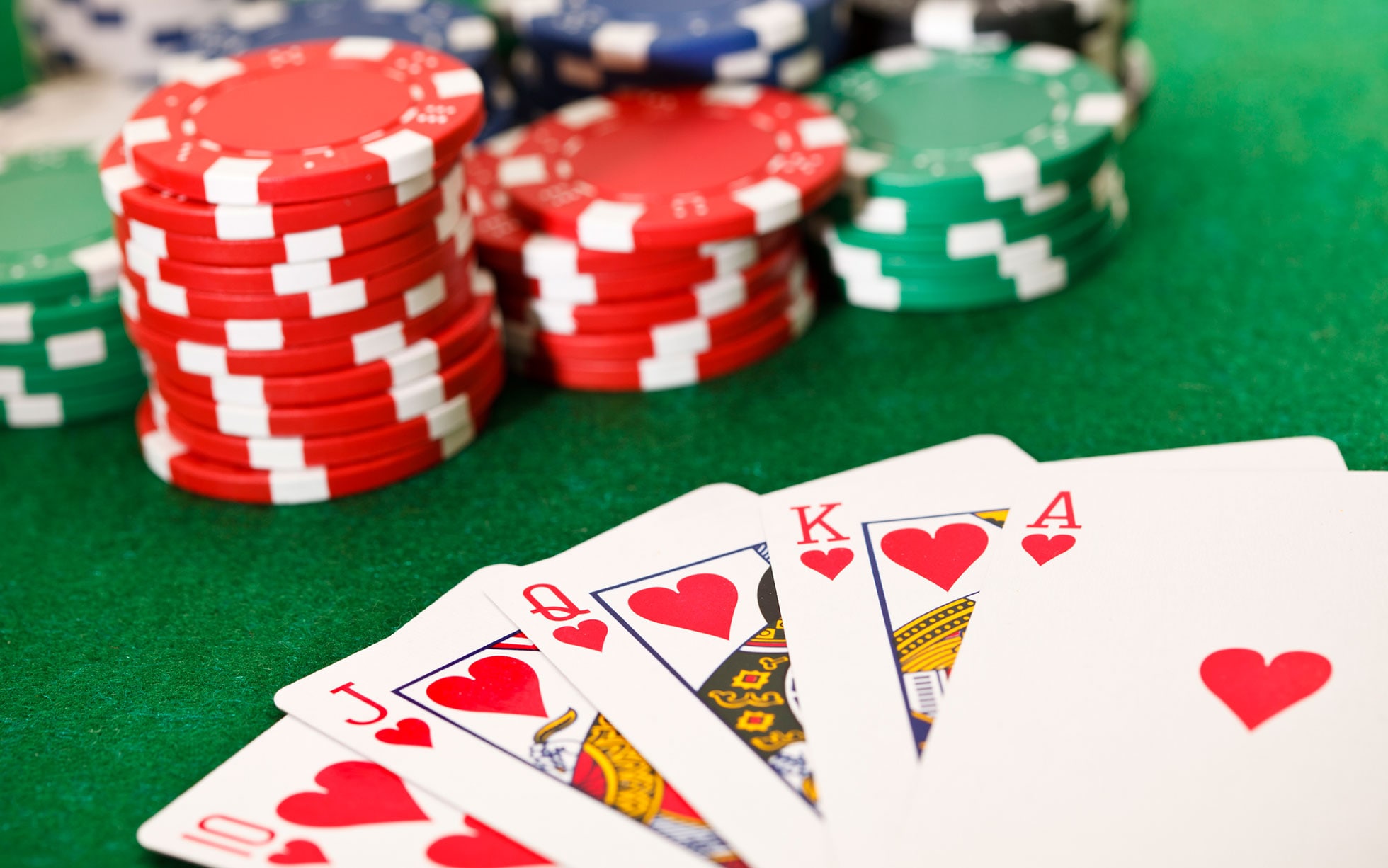
Poker is a game of chance, but it also involves skill and psychology. There are many ways to improve your chances of winning, such as learning the game’s rules, developing a bankroll, and studying bet sizes and position. You can also learn to bluff, which is particularly important in poker. The more you practice, the better you will become at bluffing.
The game’s history dates back to the sixteenth century, when Germans played a card game called Pochen. The game eventually spread to France and then to New Orleans, where it was played on riverboats that plied the Mississippi. It has since become a world-wide phenomenon, enjoyed by millions of people.
There are many different variations of the game, but most involve betting and a showdown where the best hand wins. The cards are dealt in a circle and each player has the option to call, raise, or fold his or her chips. The player to the left of the dealer takes on the role of the button. He or she must place a bet before anyone else is allowed to act.
A “poker hand” is a combination of cards that can be made to make the highest possible combination. There are many different poker hands, but the most common include a flush and a straight. A flush is a combination of five consecutive cards of the same suit, while a straight contains five cards of successive rank, but from more than one suit. A three of a kind is a combination of three cards of the same rank, while two pairs are two matching cards and another pair of unmatched cards.
To win a poker hand, it is necessary to have both luck and bluffing skills. If you have a good bluffing strategy, you can increase your chances of beating the other players’ strong hands by making them think that your hand is weaker than it really is. This way, you can take advantage of their mistakes and win the pot with your bluff.
As the game progresses, you will be able to see how other players’ hands are playing out. The best way to determine a hand’s strength is by looking at the other players’ reaction. If you notice a lot of people calling your bets, you may want to change your strategy.
It is important to understand how the game’s betting structure works so that you can read the other players. The first step in this process is to learn about the different betting intervals that exist. When a player places his or her chips into the pot during a betting interval, he or she must bet enough to make up for the contribution of the player before him. For example, if the previous player bets $100, you must place at least that much into the pot in order to call his or her bet. This is known as being “in the pot”. You can find more information about poker’s betting structure on our poker betting structures page.